A weak connectivity infrastructure will be a “bottleneck”, hindering the development and application of advanced digital technologies, thereby affecting the competitiveness of the entire economy. Viettel Group, represented by its member Viettel Solutions - a Vietnamese enterprise investing in the most submarine fiber optic cables - aims to create a “solid infrastructure under the deep sea”.
Every day, billions of human digital actions happen almost instantly: a video call, an international transaction, a cloud storage operation. Behind that seamlessness lies a massive infrastructure system, the core of which is the undersea fiber optic cables – the physical “backbone” of the global internet.
More than 600 cables operating under the ocean floor with a length of 1.3 million km are responsible for transmitting more than 98% of international data traffic, making them the lifeblood of the digital economy .
Underground highways determine the digital world
The hottest concepts in today’s digital economy, such as hyperscale data centers and cloud platforms, cannot function without connectivity infrastructure, the transmission network whose heart is the undersea fiber optic cable system. These are essentially thin cables containing optical fibers, which are like “highways” that use light pulses to transmit data at extremely high speeds over tens of thousands of kilometers under the sea.
Vietnam is currently connected to the world through many routes including submarine cables, land cables, satellites, etc. However, submarine cables are the main form, accounting for more than 90% of international capacity, located on 6 main submarine optical cable routes, including SMW3, AAG, IA, APG, AAE-1, ADC. This system plays a key role in all activities, from personal communication, e-commerce, to international financial transactions and global supply chain management.
A failure on these cables can immediately affect widespread socio-economic activities, demonstrating the importance and necessity of ensuring a stable and robust connectivity infrastructure.
The development of disruptive technologies such as artificial intelligence (AI), big data and cloud computing has created a need for upgrading and expanding connectivity infrastructure. The performance of these technologies is directly dependent on two factors: bandwidth (the ability to transmit large amounts of data) and latency (response time).
Bandwidth can be thought of as the number of lanes on an underground highway. The more bandwidth, the more “data cars” can travel at the same time. Latency, meanwhile, is the time it takes for a car to get from point A to point B. The lower the latency, the faster the data is responded to.
Training a complex generative AI model requires processing and moving data sets that can be in the petabyte range between data centers around the world. Without high-bandwidth cables, this process would be congested, slowing down AI research and deployment.
Meanwhile, the nature of Cloud is the ability to access computing resources from anywhere. This can only be achieved thanks to high-speed, low-latency connection networks between end users and Data Centers of the world's leading providers.
A weak connectivity infrastructure will be a "bottleneck", hindering the development and application of advanced digital technologies, thereby affecting the competitiveness of the entire economy.
Viettel builds a bridge connecting Vietnam with the world
Vietnam's National Digital Transformation Strategy to 2025, with a vision to 2030, has identified three main pillars: Digital Government, Digital Economy and Digital Society, emphasizing that "digital infrastructure must be one step ahead". To materialize this vision, the Information and Communications Infrastructure Planning for the 2021-2030 period has set very specific goals for the submarine fiber optic cable system.
Accordingly, by 2030, Vietnam aims to deploy and put into operation at least 10 new submarine optical cable lines, bringing the total number of submarine optical cable lines in Vietnam to at least 15 lines with a minimum capacity of 350 Tbps, making Vietnam one of the regional data centers.
By 2035, Vietnam's international fiber optic cable system will be among the leading in the region in terms of quantity, capacity and quality, aiming to ensure 90% of connection capacity to major Digital Hubs in Asia and 10% of backup capacity to Digital Hubs in America and Europe.
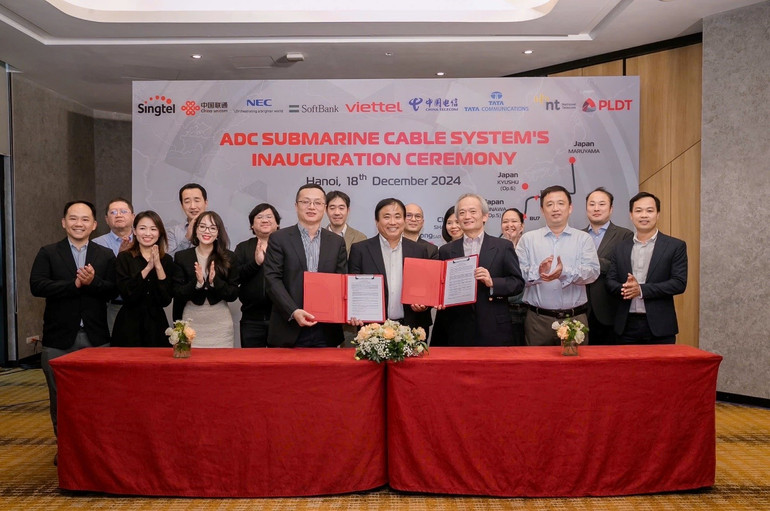
Currently, Viettel is the Vietnamese enterprise investing in the most submarine optical cable lines.
AAG cable , the first trans-Pacific cable directly connecting Southeast Asia with the United States.
The IA (Intra Asia) cable connects countries in the Asian region and is currently the cable with the lowest connection latency from Vietnam to Singapore. Viettel is the only network operator in Vietnam that is an investor and operator of the landing station in Vietnam.
The APG (Asia Pacific Gateway) route is capable of providing bandwidth up to 54 Tbps, connecting to 8 countries/territories in the Asia-Pacific region.
Meanwhile, AAE-1 (Asia-Africa-Europe 1) is an international submarine cable connecting Asia, Africa and Europe. Viettel currently owns a landing station of this cable, which is also the only cable that connects directly to Europe.
ADC (Asia Direct Cable) is the newest and most modern cable line that Viettel Solutions announced its inauguration in December 2024 and will officially be commercially exploited in Vietnam from April 2025. The total investment capital of the entire ADC line is up to 290 million USD with the cooperation of 9 leading telecommunications corporations including Viettel. ADC directly connects to all 3 internet centers of the Asian region including Singapore, Hong Kong (China) and Japan. The maximum capacity of ADC is 50Tbps, which is the largest capacity submarine cable line that has been put into operation in Vietnam up to now.
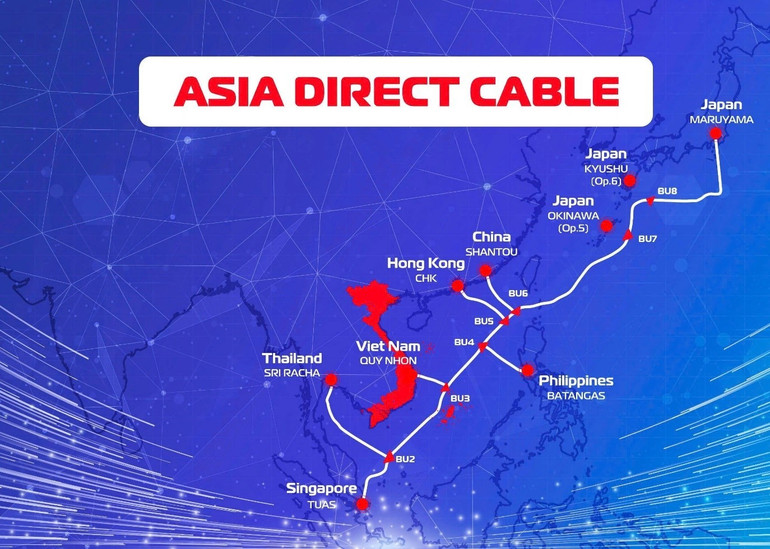
Such an infrastructure is the foundation for Vietnamese enterprises to confidently provide services to the international market, from software export, IT services to e-commerce. A strong connectivity infrastructure is also a very important factor to attract foreign investors, especially from large technology corporations (BigTech) in the world.
The extremely high bandwidth and low latency from cable lines such as ADC allow Viettel to provide the highest quality digital services, meeting the growing demand for 4K/8K video, online games, AR/VR and AI applications.
Viettel Solutions' commitment does not stop at performance. New generation fiber optic cables such as ADC are designed with advanced technology, helping to increase performance compared to previous generations.
Source: https://nhandan.vn/dau-tu-cap-quang-bien-dat-nen-mong-cho-tuong-lai-tri-tue-nhan-tao-va-dam-may-tai-viet-nam-post894464.html


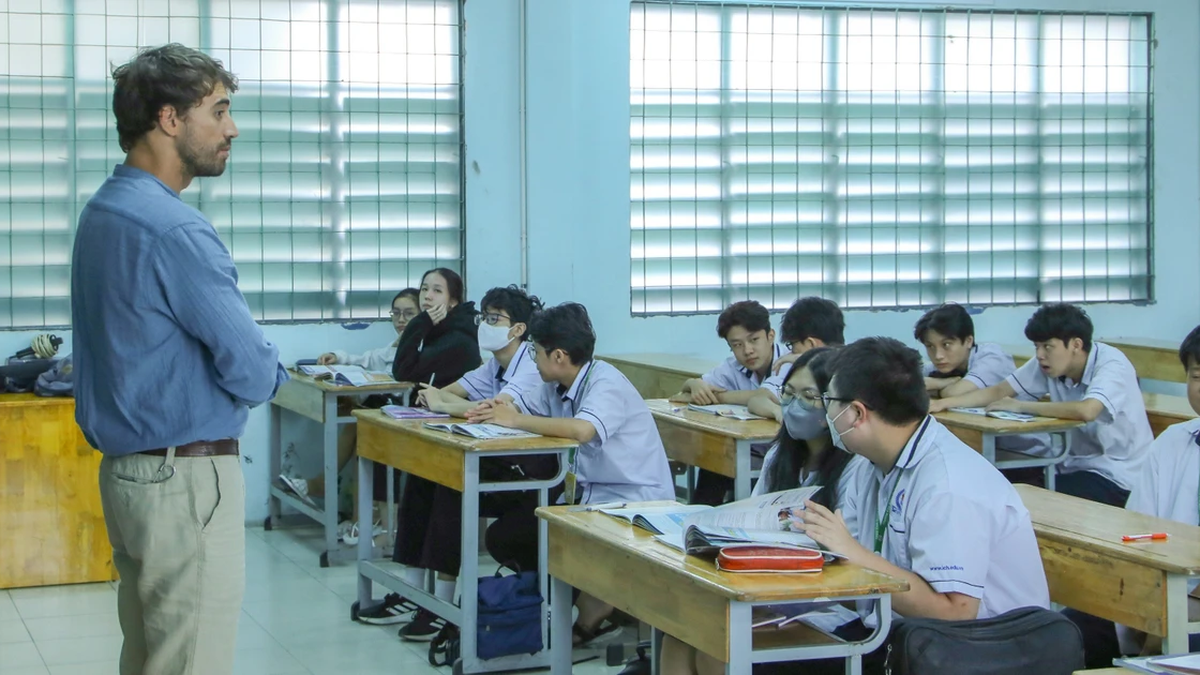

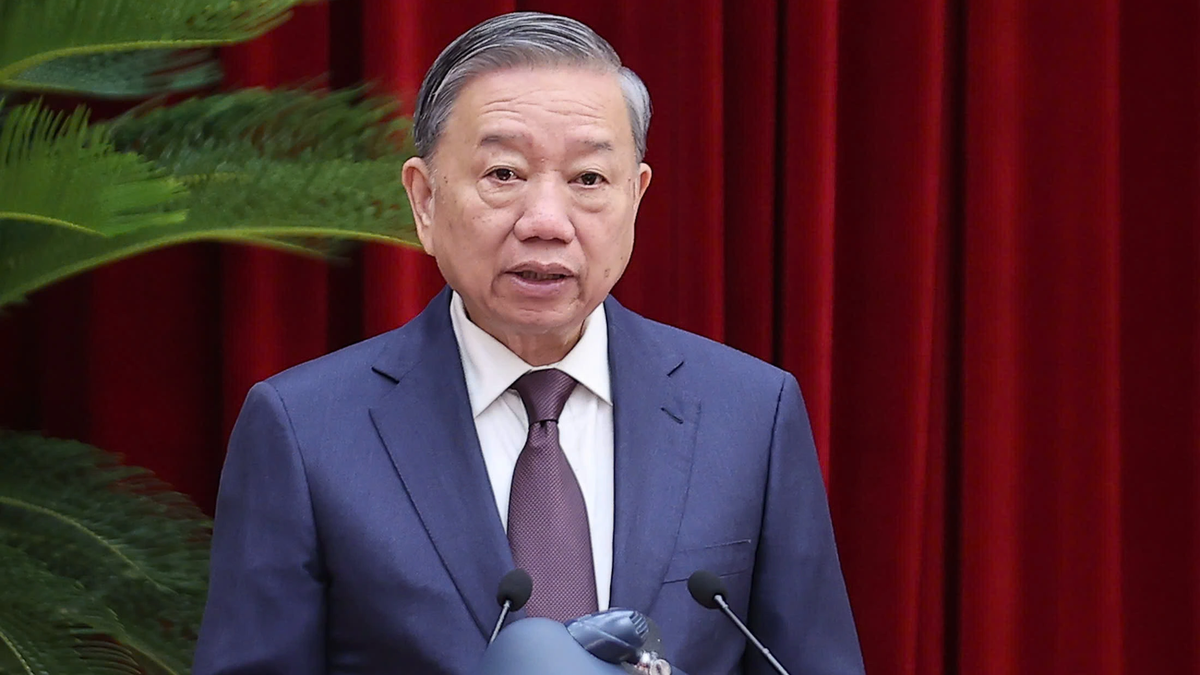

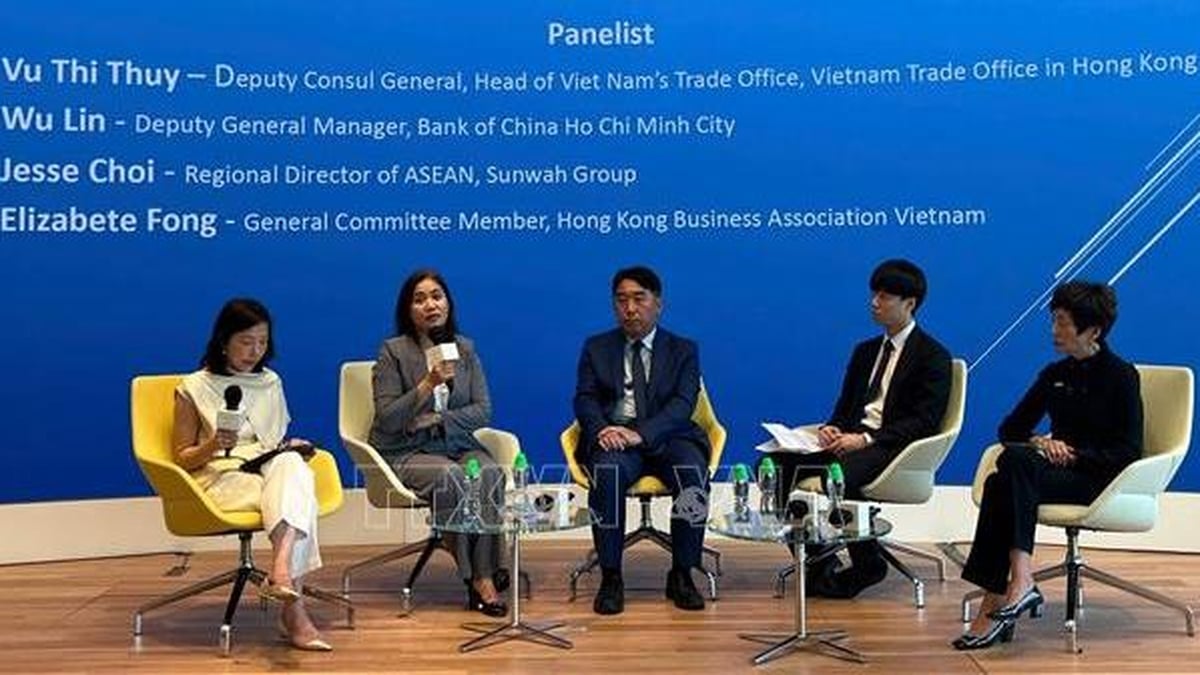
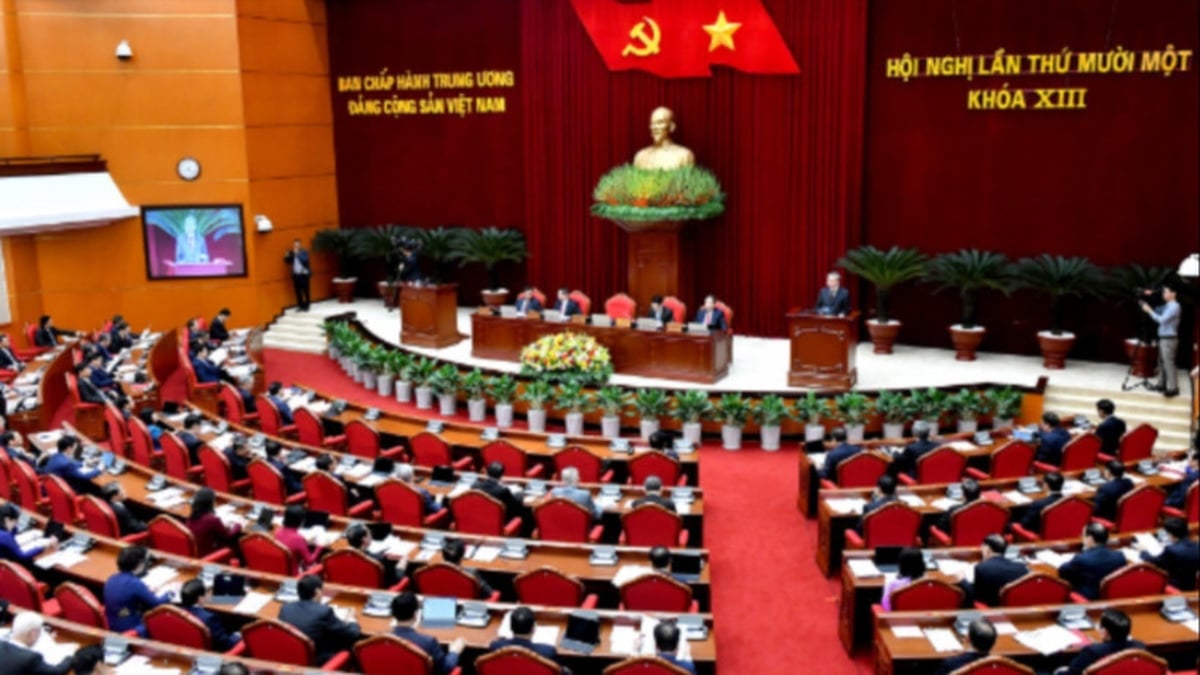











































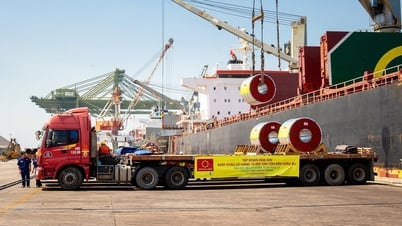



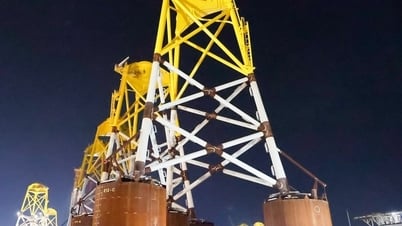



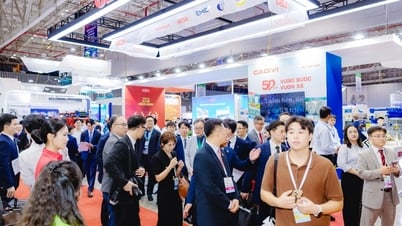




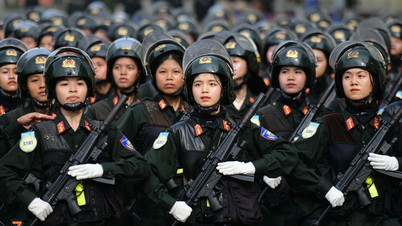





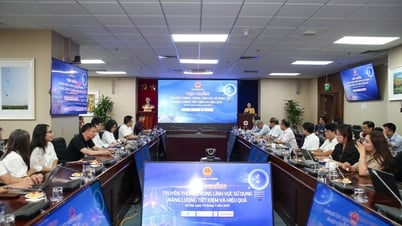

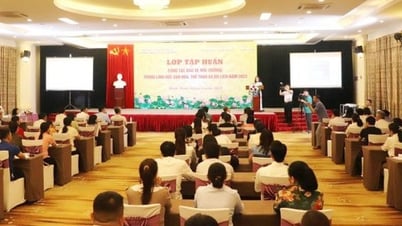


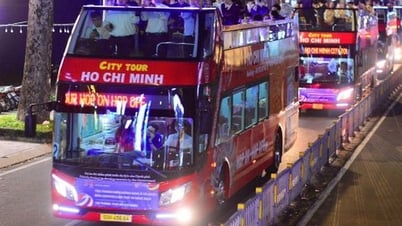

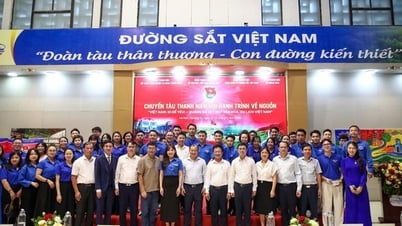







![[Infographic] In 2025, 47 products will achieve national OCOP](https://vphoto.vietnam.vn/thumb/402x226/vietnam/resource/IMAGE/2025/7/16/5d672398b0744db3ab920e05db8e5b7d)














Comment (0)